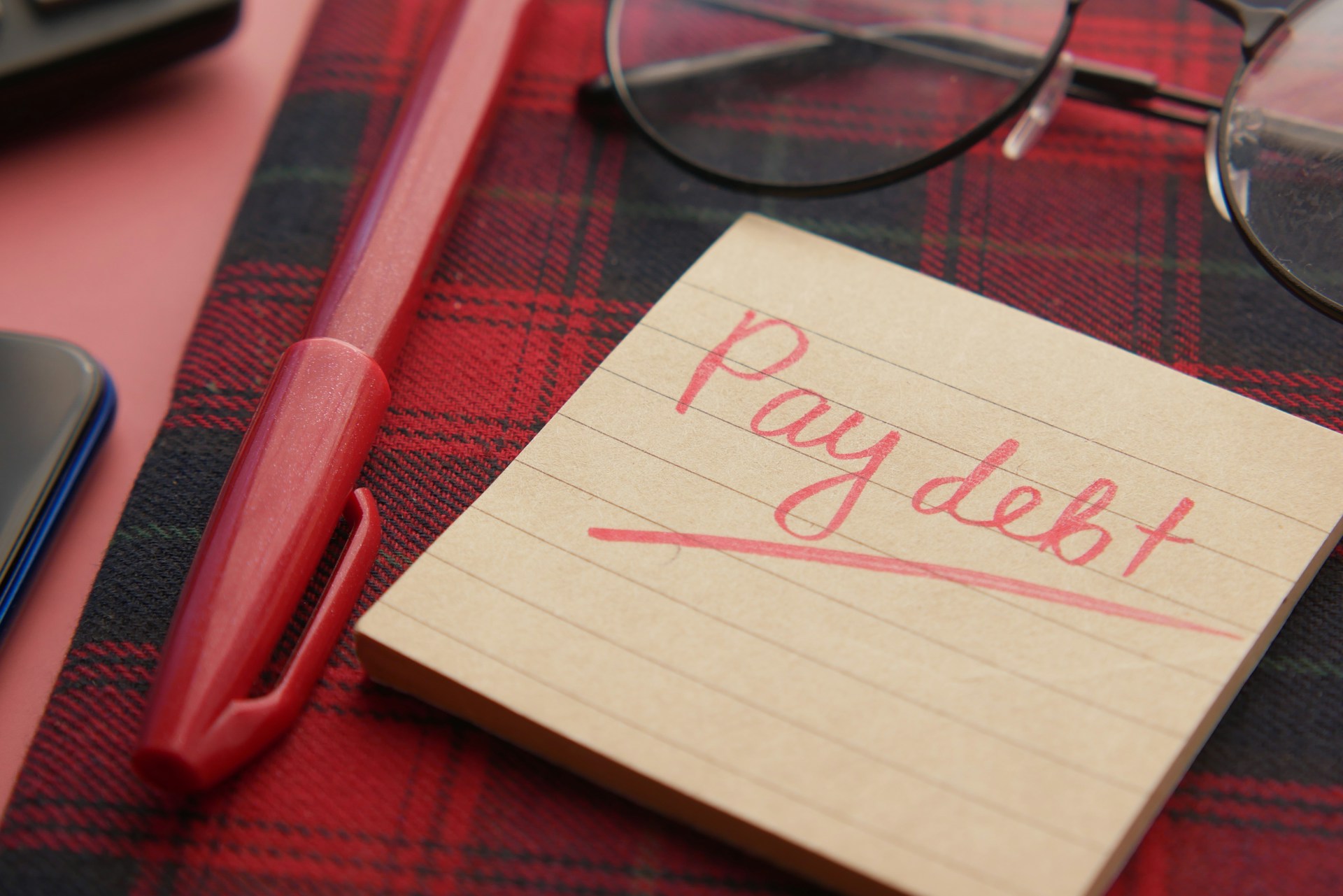
Introduction: The best debt plan is the one you’ll keep. Snowball and avalanche are both proven ways to eliminate balances. Snowball attacks the smallest balance first for quick wins; avalanche attacks the highest interest first for maximum savings. If you’ve started and stopped before, the issue isn’t your character—it’s fit. Pick the method your brain will stick to, follow a short setup, and automate payments so you don’t renegotiate with yourself every month.
-
Get the full picture in one place. List every debt with balance, interest rate (APR), minimum payment, and due date. Include credit cards, personal loans, buy‑now‑pay‑later, auto loans, and any other balances. Don’t judge—capture reality. Order two ways: by smallest balance and by highest interest. Seeing both orders will make your decision easier.
-
Choose your method by motivation or math. If seeing a balance vanish will keep you going, pick snowball. That early win is jet fuel. If you’re steady and love efficiency, pick avalanche to minimize interest paid. Both methods work. The worst choice is switching back and forth and losing momentum.
-
Build a starter emergency fund before you accelerate. A tiny cushion (for example, $500–$1,000) prevents you from using the card you just paid down when a tire blows. If you’ve already got this, proceed. If not, pause extra payments for one month to seed it, then resume.
-
Decide your extra payment amount. Look at your monthly plan and pick a number you can sustain. Even $75–$150 moves fast when focused. Automate this extra toward your current target debt the day after payday so it goes out before lifestyle creep spends it.
-
Run the snowball or avalanche steps. If snowball, pay minimums on all debts and put the extra on the smallest balance. When it hits zero, roll that payment into the next smallest, and so on. If avalanche, pay minimums and put extra on the highest APR first; when it’s done, roll that whole payment into the next‑highest APR.
-
Negotiate and refinance strategically. Call card issuers to request a lower APR or a hardship plan if your history supports it. Consider a balance transfer only if you can pay it off within the promo window and the fee doesn’t erase the benefit. For personal loans or auto loans, compare refinance offers with total interest and term length—not just the monthly payment.
-
Protect progress by cutting re‑borrowing. Freeze credit cards you’re paying off (literally in a bag of water or figuratively in a drawer) and use a single card or debit for daily spend. Keep one active, low‑utilization card to maintain credit score health. If family or roommates share expenses, formalize the split in writing to avoid unexpected drains.
-
Add income temporarily to accelerate. A few hours of extra work a week can shave months off a payoff timeline. Earmark that money to the current target debt and watch the graph bend.
-
Celebrate milestones and track visually. Print a progress bar for each debt. Color it in as balances drop. When you clear a card or loan, take a photo of the $0 balance screen and save it to a “Wins” album. Visible proof fights fatigue.
-
What about retirement contributions while paying debt? If your employer offers a match, try to contribute at least enough to get it; the match is free money. If cash is tight, pause above‑match contributions for a short, defined period while you tackle the highest‑rate debt, then turn retirement back up.
-
Common pitfalls and fixes. Minimum due dates scattered across the month create missed payments—call to align due dates near payday. Balance transfer without a plan becomes a treadmill—calculate the monthly amount needed to finish before the promo ends and automate it. Focusing only on debt while ignoring emergencies is a trap—maintain the starter cushion and rebuild it if used.
-
After the last balance is gone, redirect the full payment to your next goal. Keep the habit alive. If you were sending $600/month to debt, send $600/month to build a three‑to‑six‑month emergency fund, then to investments or a dream fund. Momentum is precious; don’t let it evaporate.
-Quick checklist: list of debts complete; method chosen; extra payment automated; one card frozen; due dates aligned; visual tracker printed; plan to redirect payments after payoff.

